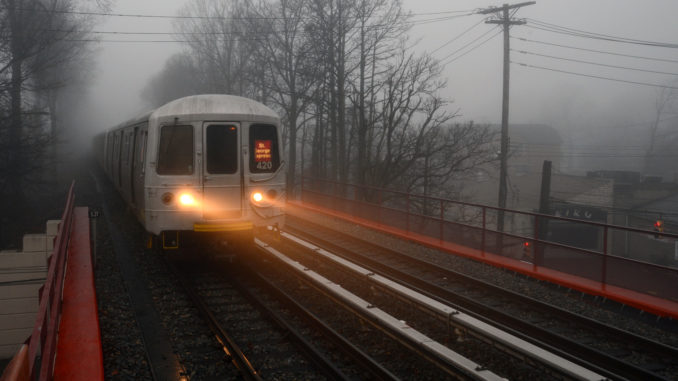
(The Center Square) – Officials with New York’s Metropolitan Transportation Authority laid out a proposal to its Board Wednesday, to address the $11.4 billion in budget deficits it faces over the next four years, and may include the first fare increase since April 2019.
With just $5.65 billion in federal COVID-19 relief funding remaining, and ridership still lagging from pre-pandemic levels, the state agency that oversees mass transit in the New York City area is looking at a mix of cost saving measures and additional revenue streams to tackle the shortfalls it expects through the 2026 fiscal year.
MTA Board Chair and CEO Janno Lieber told the panel at its meeting, mass transit remains a necessity for many New Yorkers and the agency will work with city, state and federal leaders to keep the service going for those who use it daily.
“Folks who depend on mass transit, it doesn’t make sense to me that they should suffer with much less service,” Lieber said.
The plan includes spreading the remaining federal aid over the next four years. CFO Kevin Willens said it’s a more prudent approach than exhausting the money over the next couple of years, and then forcing more drastic decisions for the 2025 and 2026 fiscal years.
Part of that plan is the assumption of $600 million more in government aid to help cover the shortfall for the 2023 fiscal year.
“If this does not materialize, we will come back to the board with alternatives as part of the February financial plan,” Willens said.
The agency also anticipates fare increases starting in June 2023 that would generate $373 million more annually. But, Willens said, more is needed.
“Today’s proposed budget and financial plan further demonstrates the need for new, dedicated sources of funding which, combined with MTA actions to find savings without limiting service, can greatly reduce the fiscal cliff and protect mass transit for the region,” he said.
Ridership is picking up, Willens said. However, it’s still far below pre-pandemic levels and will be for some time. According to projections from McKinsey & Company, the current traffic is roughly 63% of pre-COVID levels, and that’s expected to grow to about 80% by 2026.
However, he added that lower ridership levels or a slower economy could increase deficits in the coming years.
The plan will go before a formal vote at the MTA Board’s Dec. 21 meeting.



